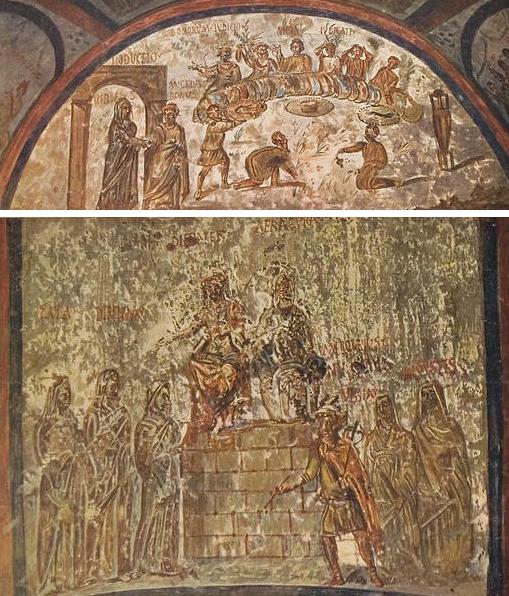 The feast that decorates Vibia’s resembles a picnic. Her life story is painted in an indented arch. In a comic strip style, Vibia journeys through Hades to Elysium at her death. On the left, Vibia is being led through an archway labeled Inductio by Good Angel, Angelus...
The feast that decorates Vibia’s resembles a picnic. Her life story is painted in an indented arch. In a comic strip style, Vibia journeys through Hades to Elysium at her death. On the left, Vibia is being led through an archway labeled Inductio by Good Angel, Angelus...
 The Sevso Plate * (27.8 inches in diameter) may also reference a hunting feast describe by the roman writer Philostratus. But the iconography is Christian. The Chi-Rho situated at the apex of the legend on the plate’s circumference is a symbol for Jesus Christ...
The Sevso Plate * (27.8 inches in diameter) may also reference a hunting feast describe by the roman writer Philostratus. But the iconography is Christian. The Chi-Rho situated at the apex of the legend on the plate’s circumference is a symbol for Jesus Christ...
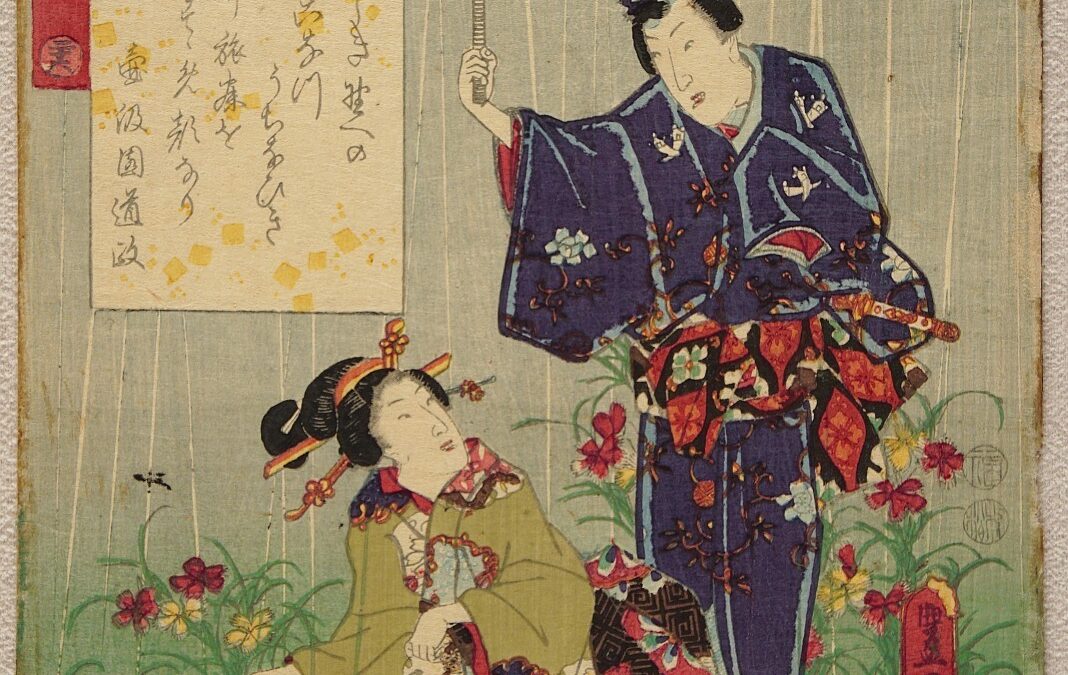 to relax at a palace fishing pavilion with close friends. Arthur Whaley translates the outing as a picnic, though Lady Murasaki has no such vocabulary word. The chapter is “Wild Carnations” or Tokonatsu One very hot day Genji, finding the air at the New...
to relax at a palace fishing pavilion with close friends. Arthur Whaley translates the outing as a picnic, though Lady Murasaki has no such vocabulary word. The chapter is “Wild Carnations” or Tokonatsu One very hot day Genji, finding the air at the New...
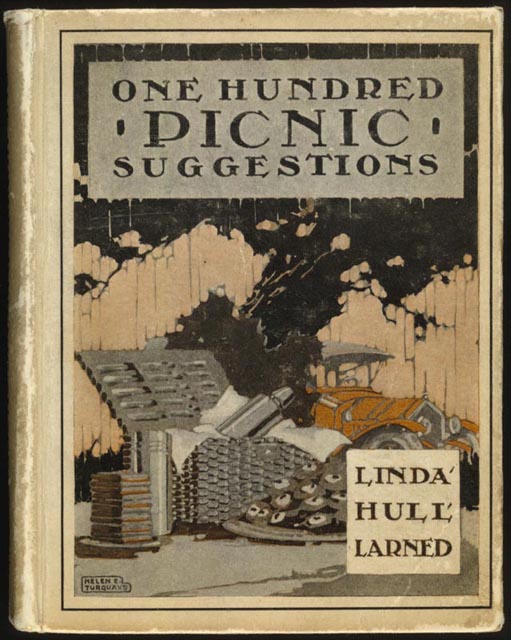 Larned’s recipe for a picnic staple: Chicken Salad “Cook chicken in boiling water, when half done add salt, a slice each of salt pork, lemon, and onion, a bit of bay leaf, and a piece of red pepper. Cool in the stock, drain, and cut in cubes. Cover them...
Larned’s recipe for a picnic staple: Chicken Salad “Cook chicken in boiling water, when half done add salt, a slice each of salt pork, lemon, and onion, a bit of bay leaf, and a piece of red pepper. Cool in the stock, drain, and cut in cubes. Cover them...
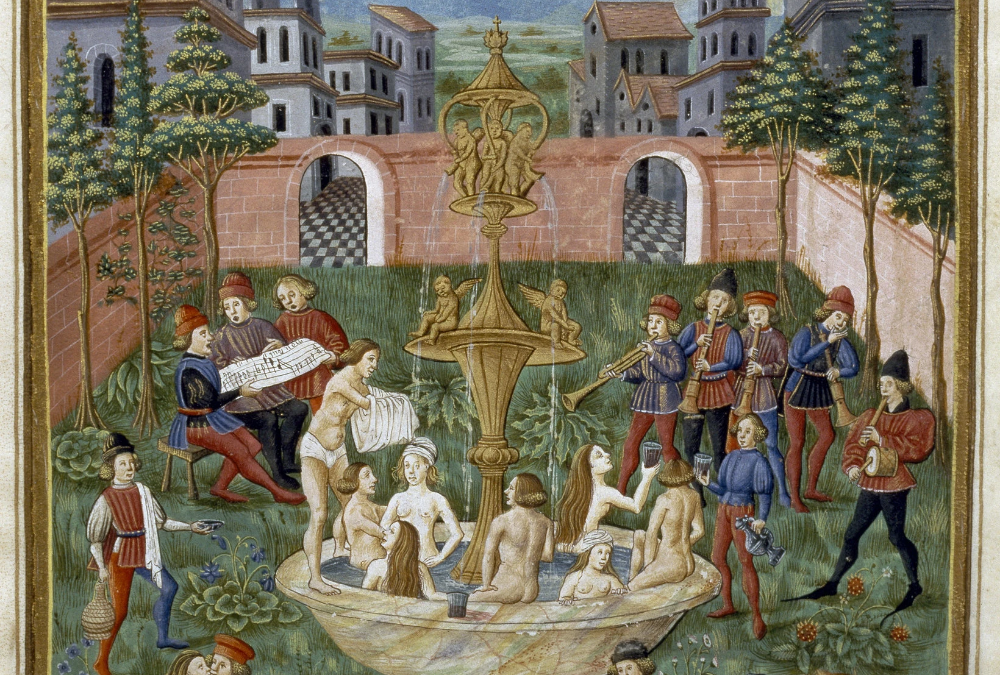 De Predis’ Venus: The garden of delights representing the joyful influence Venus exerts on mortals is an illustration for The Sphere of the Cosmos, De Sphaerae (1466 or later). The original treatise dating from 1230c describes Venus’ feast day celebrated when Venus...
De Predis’ Venus: The garden of delights representing the joyful influence Venus exerts on mortals is an illustration for The Sphere of the Cosmos, De Sphaerae (1466 or later). The original treatise dating from 1230c describes Venus’ feast day celebrated when Venus...
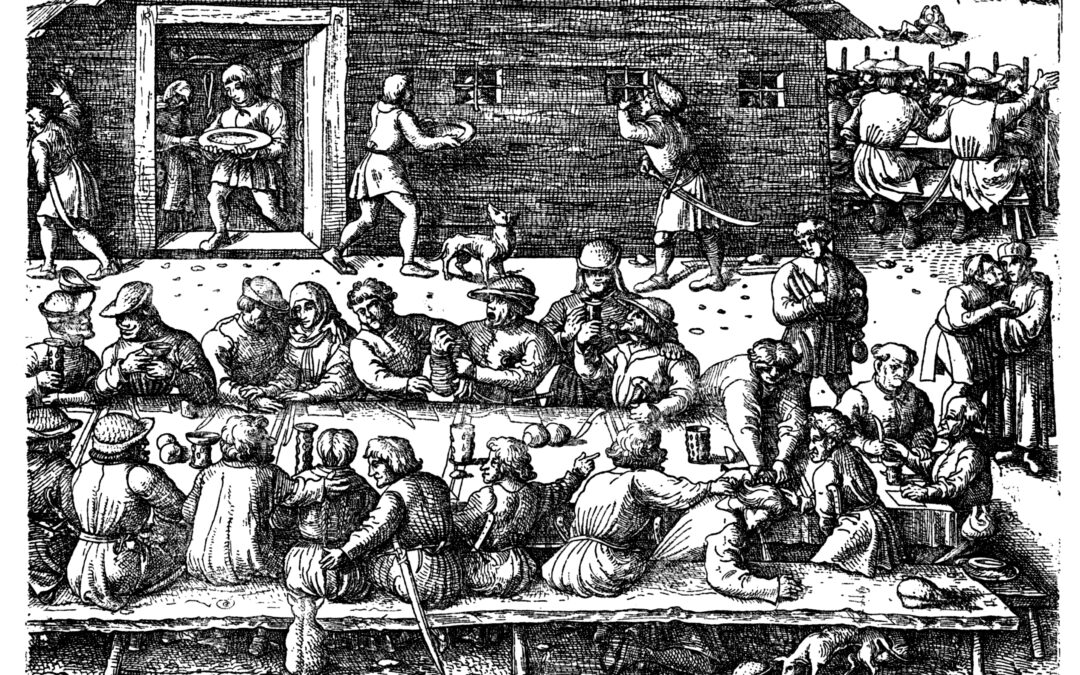 Hopfer’s Peasants at Table at a Rustic Festival [or Tafelnde Bauern beim dorflichen Fest or Peasants at Table at a Rustic Festival, also called a kermesse, may celebrate a patron saint, though in this instance, it seems secular, most likely, a celebration of spring....
Hopfer’s Peasants at Table at a Rustic Festival [or Tafelnde Bauern beim dorflichen Fest or Peasants at Table at a Rustic Festival, also called a kermesse, may celebrate a patron saint, though in this instance, it seems secular, most likely, a celebration of spring....
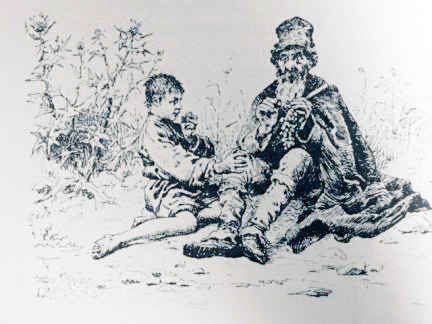 Merienda first appears in the anonymous picaresque novel The Life of Lazarillo de Tormes in 1554, * ninety-five years before the French word pique-nique in 1649. It is used to denote a snack. But when Francesco de Quevedo uses merienda in El Buscon (The Swindler), it...
Merienda first appears in the anonymous picaresque novel The Life of Lazarillo de Tormes in 1554, * ninety-five years before the French word pique-nique in 1649. It is used to denote a snack. But when Francesco de Quevedo uses merienda in El Buscon (The Swindler), it...
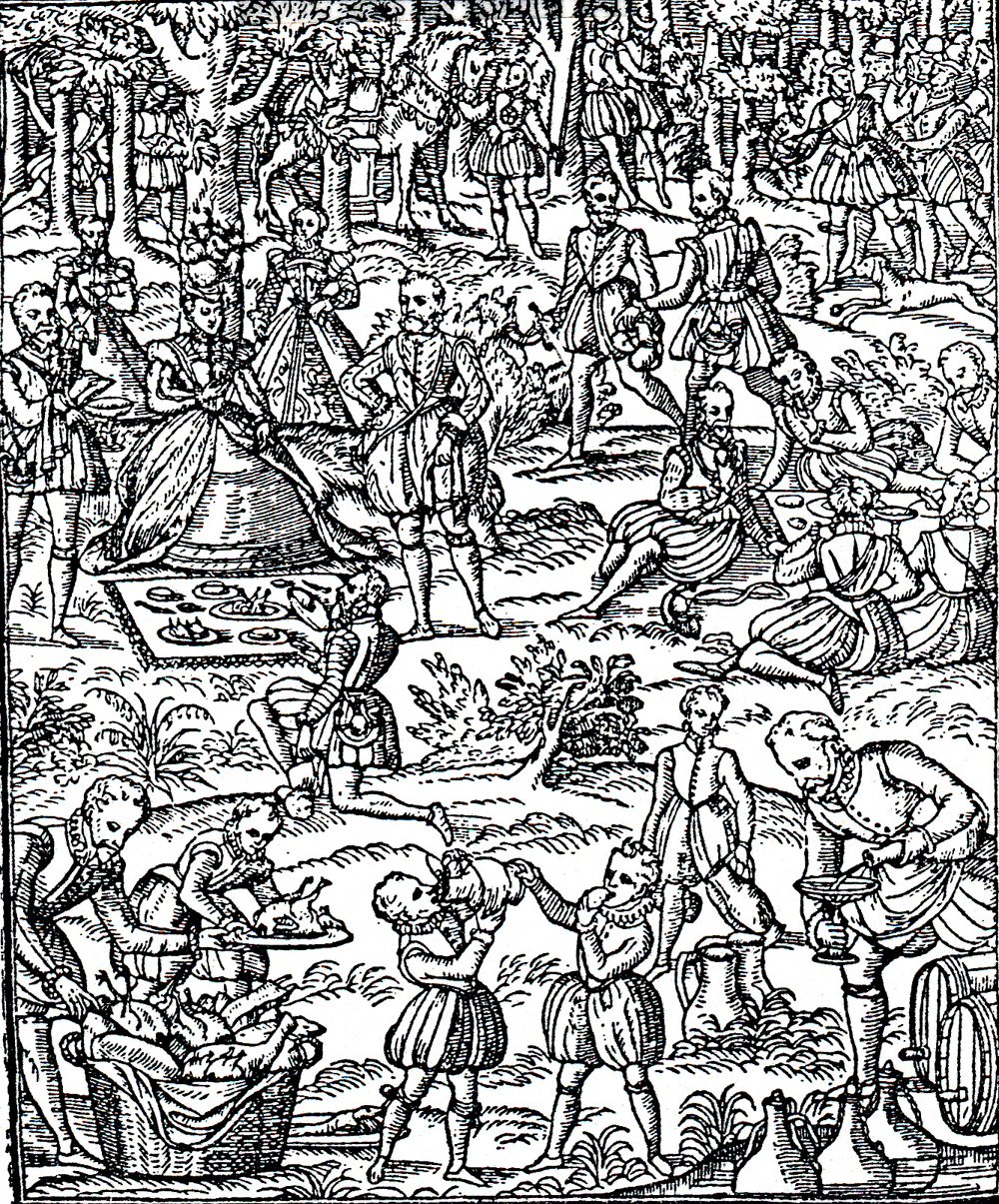 Gascoigne adapted Gaston Phébus’s The Book of the Hunt (1380) and Jacques du Fouilloux’s in La Venerie (1560) into English, retitling the work The Noble Arte of Venerie or Hunting (1575). (The book is dedicated to Lord Clinton, Elizabeth’s master of...
Gascoigne adapted Gaston Phébus’s The Book of the Hunt (1380) and Jacques du Fouilloux’s in La Venerie (1560) into English, retitling the work The Noble Arte of Venerie or Hunting (1575). (The book is dedicated to Lord Clinton, Elizabeth’s master of...
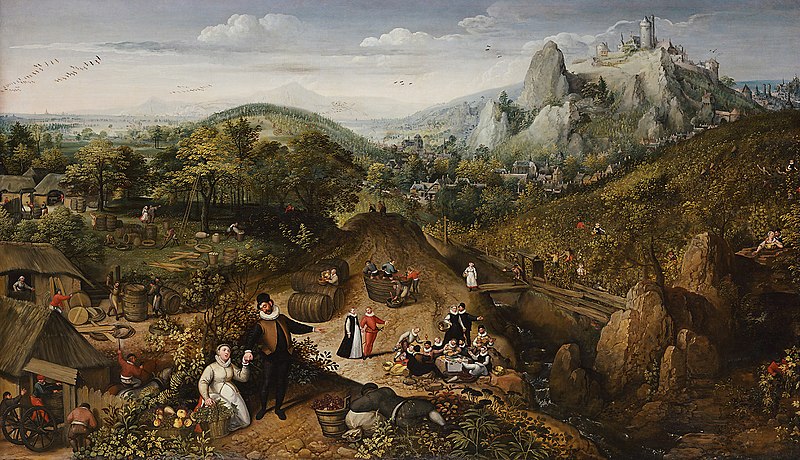 Valckenborch must have loved dining, food, and wine. His paintings are filled with depictions of meats, fish, and fruits, so he might be called a painter of feasting. His calendar paintings, such as the one celebrating October’s bountiful grape harvest, include an...
Valckenborch must have loved dining, food, and wine. His paintings are filled with depictions of meats, fish, and fruits, so he might be called a painter of feasting. His calendar paintings, such as the one celebrating October’s bountiful grape harvest, include an...
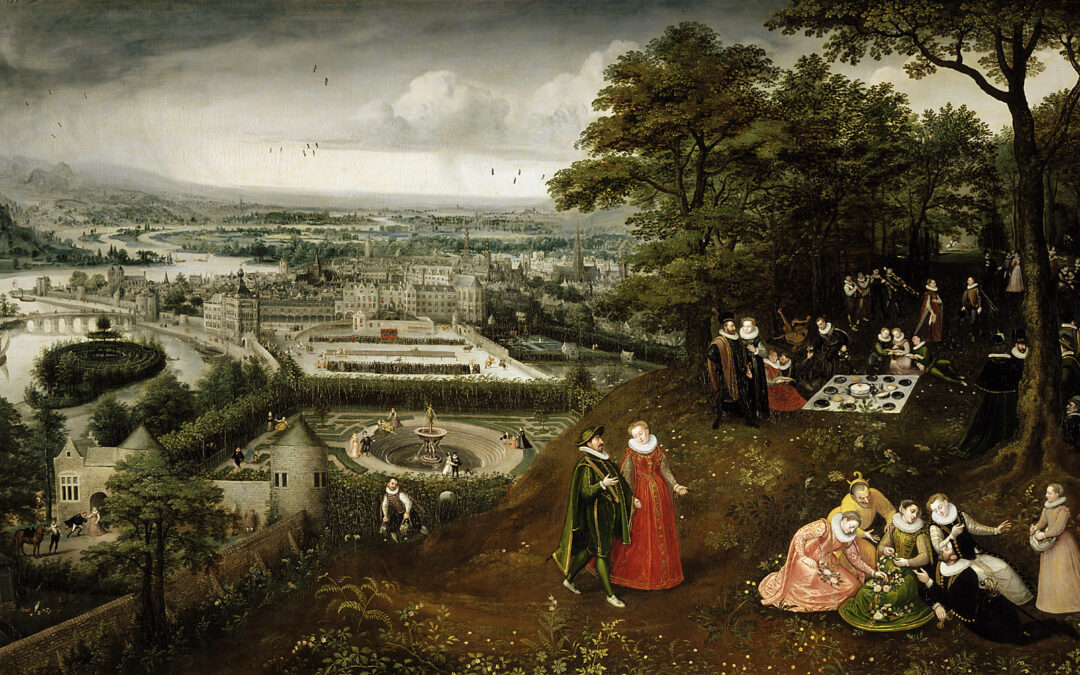 Valckenborch’s Spring, aka Frühlingslandschaft (Mai), depicts the new season arousing a desire for revelry after winter’s confinement. It’s part of a series of calendar paintings celebrating the months of the year and appropriate seasonal activities. Though, in this...
Valckenborch’s Spring, aka Frühlingslandschaft (Mai), depicts the new season arousing a desire for revelry after winter’s confinement. It’s part of a series of calendar paintings celebrating the months of the year and appropriate seasonal activities. Though, in this...











